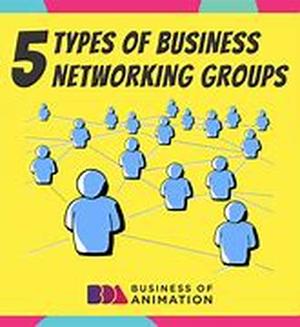
KWD: 10434 2.30Patent And TrademarkSometimes Patent And Trademark Are Used Interchangeably. And Find It Difficult To Tell The Difference Between The Two. Patent Confers A Right To The Inventor To Exclude Others From Making, Using, Offering For Sale, Or Selling The Invention In The United States Or Importing The Invention Into The United States. A Trademark, On The Other Hand, Is A Word, Name, Symbol, Or Device That Is Used In Trade With Goods To Indicate The Source Of The Goods And To Distinguish Them From The Goods Of Others. Trademark Rights May Be Used To Prevent Others From Using A Confusingly Similar Mark, But Not To Prevent Others From Making The Same Goods Or From Selling The Same Goods Or Services Under A Clearly Different Mark.Both Patent And Trademark Can Be Registered At The United States Patent And Trademark Office. The US Government Has A Designated Patent And Trademark Office To Cater To The Inventors Needs For Patent And Trademark On Their Invention. A Patent For An Invention Is The Grant Of A Property Right To The Inventor, Issued By The United States Patent And Trademark Office. Generally, The Term Of A New Patent Is 20 Years From The Date On Which The Application For The Patent Was Filed In The United States Or, In Special Cases, From The Date An Earlier Related Application Was Filed, Subject To The Payment Of Maintenance Fees. Trademarks Which Are Used In Interstate Or Foreign Commerce May Be Registered With The USPTO. There Are Three Types Of Patents Which One Can Register At The US Patent And Trademark Office: 1) Utility Patents May Be Granted To Anyone Who Invents Or Discovers Any New And Useful Process, Machine, Article Of Manufacture, Or Composition Of Matter, Or Any New And Useful Improvement Thereof; 2) Design Patents May Be Granted To Anyone Who Invents A New, Original, And Ornamental Design For An Article Of Manufacture; And 3) Plant Patents May Be Granted To Anyone Who Invents Or Discovers And Asexually Reproduces Any Distinct And New Variety Of Plant. To Be Patentable, An Invention Essentially Must Meet The Following Requirements Set By Patent And Trademark Which Are: (1) Useful, (2) Novel, And (3) Non-obvious. The Novelty Requirement Of Patent And Trademark Is Often Consider The Entry Test For Patentability. The Probably More Demanding, Non-obviousness Requirement Is Harder To Objectively Define. The Typical Way That An Examiner In Patent And Trademark Shows Obviousness Is To Cite A Number Of Prior Art References That, When Combined As Suggested By Possibly Another Prior Art Reference, Contain All Of The Elements Of The Applicant's Invention.





